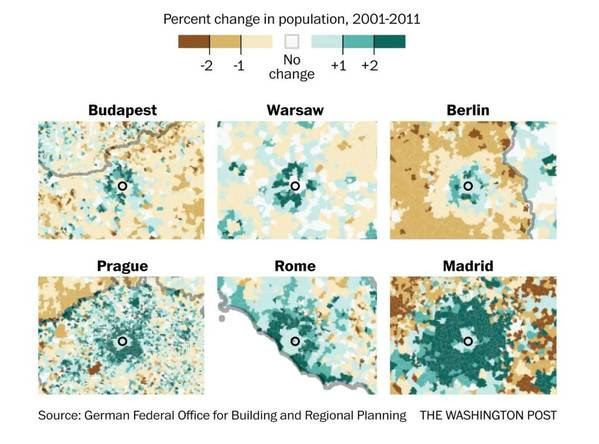 | |||||||||
| Edited by Max J. Rosenthal and Ruby Mellen | |||||||||
|
Thursday, August 9, 2018
Today's WorldView: The growing urban-rural divide in global politics - btbirkett@gmail.com - Gmail
Today's WorldView: The growing urban-rural divide in global politics - btbirkett@gmail.com - Gmail
Subscribe to:
Post Comments (Atom)



 In the United States,
In the United States, 
No comments:
Post a Comment